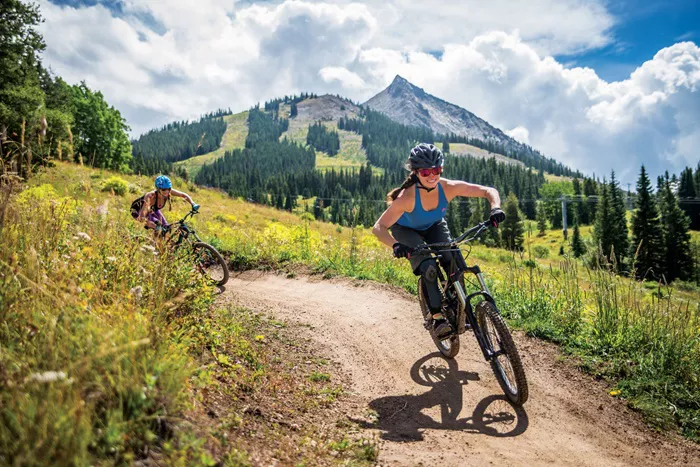FAQs:
Is it OK to wear jeans mountain biking?
Wearing jeans for mountain biking is generally not recommended. Jeans can restrict movement, are not breathable, and offer little protection from moisture and wind. For better comfort and performance, opt for cycling-specific pants or shorts that are flexible, durable, and designed to handle the demands of mountain biking.
What shoes should you wear for mountain biking?
For mountain biking, you should wear shoes specifically designed for the sport. These include flat-pedal shoes with a grippy sole for better contact with the pedals, or clipless shoes that attach to the pedals for more efficient power transfer. Mountain biking shoes are typically sturdy, provide good ankle support, and have reinforced toe caps for added protection.
Should I wear padded bike shorts for mountain biking?
Yes, wearing padded bike shorts (also known as chamois shorts) is recommended for mountain biking. The padding helps cushion your sit bones and reduces friction, providing more comfort on longer rides and rough terrain. You can wear them under baggy shorts or as standalone shorts, depending on your preference.
Why do MTB riders wear baggy shorts?
MTB riders wear baggy shorts for several reasons:
Comfort and Mobility: Baggy shorts offer greater freedom of movement and are more comfortable than tight-fitting lycra, especially on rough trails.
Protection: The loose fit can accommodate protective pads, and the durable material provides extra protection against scrapes and falls.
Style: Baggy shorts are popular in the mountain biking community for their casual, laid-back style.
Practicality: Many baggy shorts have pockets for carrying essentials, making them more practical for longer rides or when stopping to explore.
related topics:
- How Dangerous Is Downhill Mountain Biking?
- How Olympic Mountain Biking Works?
- TOP 10 Places To Rock Climbing

